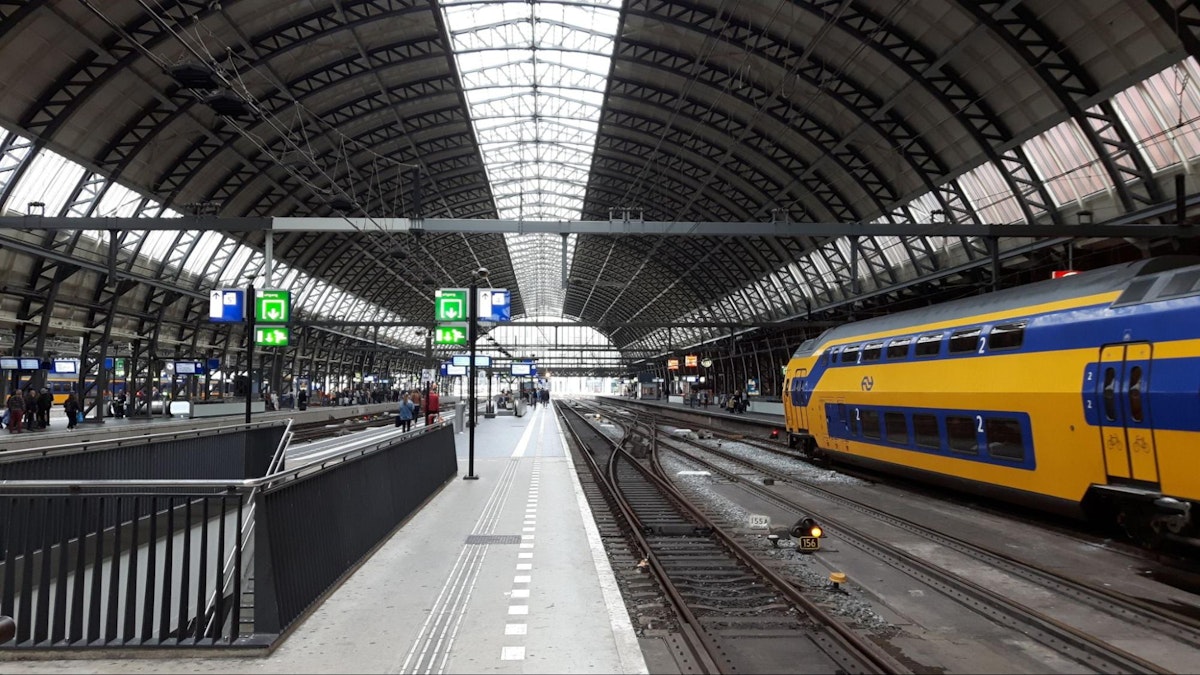Table of contents
Browse categories
Browse authors
 AB
ABAlberto Boffi
 AL
ALAlessia Longo
 AH
AHAl Hoge
 AB
ABAljaž Blažun
 BJ
BJBernard Jerman
 BČ
BČBojan Čontala
 CF
CFCarsten Frederiksen
 CS
CSCarsten Stjernfelt
 DC
DCDaniel Colmenares
 DF
DFDino Florjančič
 EB
EBEmanuele Burgognoni
 EK
EKEva Kalšek
 FB
FBFranck Beranger
 GR
GRGabriele Ribichini
Glacier Chen
 GS
GSGrant Maloy Smith
 HB
HBHelmut Behmüller
 IB
IBIza Burnik
 JO
JOJaka Ogorevc
 JR
JRJake Rosenthal
 JS
JSJernej Sirk
 JM
JMJohn Miller
 KM
KMKarla Yera Morales
 KD
KDKayla Day
 KS
KSKonrad Schweiger
Leslie Wang
 LS
LSLoïc Siret
 LJ
LJLuka Jerman
 MB
MBMarco Behmer
 MR
MRMarco Ribichini
 ML
MLMatic Lebar
 MS
MSMatjaž Strniša
 ME
MEMatthew Engquist
 ME
MEMichael Elmerick
 NP
NPNicolas Phan
 OM
OMOwen Maginity
 PF
PFPatrick Fu
 PR
PRPrimož Rome
 RM
RMRok Mesar
 RS
RSRupert Schwarz
 SA
SASamuele Ardizio
 SK
SKSimon Kodrič
 SG
SGSøren Linnet Gjelstrup
 TH
THThorsten Hartleb
 TV
TVTirin Varghese
 UK
UKUrban Kuhar
Valentino Pagliara
 VS
VSVid Selič
 WK
WKWill Kooiker
Reducing Train Noise Pollution Using Pass-by Sound Testing

This is an abridged version of the article that appears in Electronic Design, published here by permission. Please follow the link to access the full version.

Trains are essential for moving people and goods every day, but they aren’t exactly quiet. They contribute to the noise pollution problem in urban, suburban, and rural areas. Besides horns and whistles, the greatest single source of train noise is wheels rolling on the tracks.
In the Netherlands, DEKRA needed a DAQ (data acquisition) measurement system to replace some older instruments. They wanted to reduce setup time and improve their efficiency. They also wanted a system that could be set up quickly at a wide variety of locations, from the mountains to the suburbs and the middle of a city.
The system had to be triggerable by optical sensors so that the measurement would start when the train passed an exact location. The system had to be capable of calculating derived values from the raw data, and then exporting it for off-line analysis.
The mobile DEKRA measurement station set up at a railway bridge (2) is shown above. A set of microphones is mounted on a vertical rod with an optical trigger sensor trigger near the top (1). Engineers operate and monitor the measurements from the comfort of the Mobile Measurement van (3).
DEKRA Rail chose Dewesoft’s SIRIUS DAQ system due to its small size and high performance. The small system provides eight high-bandwidth analog inputs compatible with multiple sensors, especially microphones. Dual 24-bit ADCs on each analog input provide a dynamic range greater than 160 dB, which is required for making detailed acoustic analyses. The SIRIUS system meets IEC 61672 requirements for a Class I sound level meter.
In addition to the high-end analog inputs, SIRIUS has digital inputs compatible with optical sensors. Equally important are DewesoftX software and its modules for Octave band analysis, FFT, and sound level analysis. The software can also be extended easily via C++ scripting, allowing engineers to implement custom calculations.
SIRIUS offers frequency and time-weighted analysis with simultaneous peak level detection running on a powerful DAQ system featuring real-time calculation of output channels such as Leq, Lim, LE, Lmin, Lmax, classified sound levels, and much more.
Inside the mobile measurement van: the microphone input amps (1), Trigger inputs (2), SIRIUS DAQ instrument (3), and DewesoftX DAQ software running on a PC (4), a train passing nearby (5)
Microphones are placed parallel to the track. The results are updated at each point marked with a star in the figure below.
The engineers used automated data export from DewesoftX software so that they could generate reports using their internally developed reporting tools and templates.
In a matter of minutes, DEKRA engineers were able to create the ideal display for this application. The four green indicator lamps near the top of the display show that all four wheelsets have been detected by the triggers and that calculations are running. Looking closer at the screen, the top graph shows the triggers and signal levels over time. The bottom left section shows four sets of A-weighted noise spectra, where the darker shades show RMS values over the calculated time T, and the lighter shades show the instantaneous spectra when the LAFp_Max was detected.
The bottom right grouping of digital meters shows the different sound pressure levels, calculation time (T) used, and the number of train wheelsets detected.
Custom Scripting within DewesoftX was used to extract more information and to make sure that the calculations were time-aligned with the triggers. The test automation capabilities within DewesoftX software were also used to improve test efficiencies. Please refer to the full article to learn more about scripting and sequencing.
In addition to having the triggered results calculated and exported automatically, DEKRA engineers also requested the ability to perform post-analysis of the measured data, and compare it with historical data.
Conclusion
DEKRA engineers are happy with the capabilities and user-friendliness of the new system. Not only can they perform their important work easier and faster than ever before, but they have new features and capabilities. The measured data has a much higher bandwidth and dynamic range than ever before, and the time history data and acoustic data are perfectly synchonized.
Please refer to the full article that appears in Electronic Design magazine for more details about this application, including how the scripting and sequencing were done, and more.